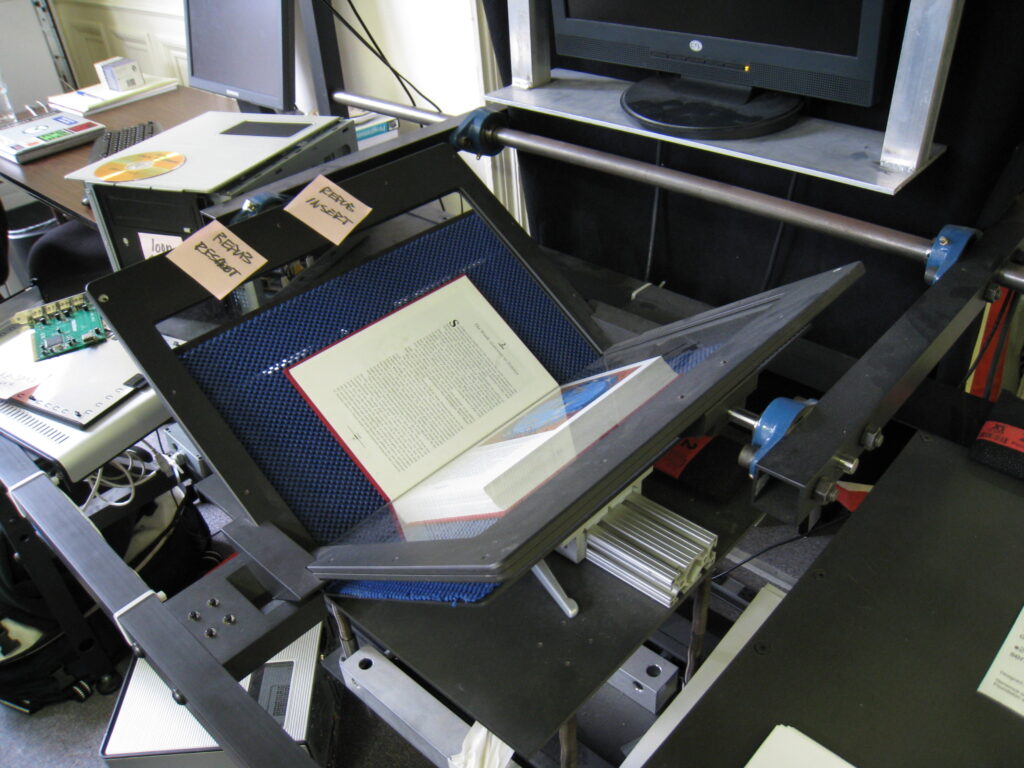Archive management is a critical process for organizations and individuals who need to preserve, organize, and access important records and documents. Whether in the context of a corporate environment, a government agency, or a personal collection, archive management ensures that valuable information remains accessible and protected for future use. In this article, we’ll explore the fundamentals of archive management, its significance, and best practices for effective implementation.
What Is Archive Management?
Archive management refers to the systematic process of collecting, organizing, preserving, and retrieving records or documents that hold historical, legal, administrative, or cultural significance. Archives can include physical documents, such as paper records, photographs, and artifacts, as well as digital files like emails, videos, and databases. The goal of archive management is to maintain the integrity and accessibility of these materials over time.

Why Is Archive Management Important?
- Preservation of Information: Archive management ensures that important records are safeguarded against loss, damage, or obsolescence. This is particularly vital for historical documents or materials with long-term value.
- Legal and Compliance Requirements: Many industries are subject to regulations that mandate the retention of records for specific periods. Proper archive management helps organizations comply with these rules and avoid legal penalties.
- Efficient Retrieval: A well-organized archive allows for quick and efficient retrieval of information when needed, saving time and resources.
- Knowledge Sharing: Archives serve as a repository of institutional memory, enabling knowledge transfer and supporting decision-making processes.
- Cultural and Historical Value: For libraries, museums, and cultural institutions, archives play a crucial role in preserving heritage and making it accessible to future generations.
Key Components of Archive Management
- Classification and Organization: Documents and records should be categorized based on criteria such as type, date, or relevance. A clear organizational structure makes it easier to locate specific items.
- Storage Solutions: Depending on the nature of the archive, storage solutions may include climate-controlled facilities for physical records or secure servers for digital files. Proper storage prevents deterioration and ensures longevity.
- Digitization: Converting physical records into digital formats not only saves space but also enhances accessibility and disaster recovery. Digitization is especially useful for preserving fragile or frequently accessed materials.
- Retention Policies: Establish guidelines for how long different types of records should be kept. Some documents may need to be retained permanently, while others can be disposed of after a specified period.
- Access Control: Implement measures to ensure that only authorized individuals can access sensitive or confidential information. This can include user permissions, encryption, and authentication protocols.
- Regular Maintenance: Archives require ongoing maintenance to address issues such as file corruption, data migration, or physical wear and tear. Regular audits can help identify and resolve potential problems.
Best Practices for Effective Archive Management
- Develop a Clear Policy: Create an archive management policy that outlines objectives, procedures, and responsibilities. This document should serve as a reference for all stakeholders involved.
- Invest in Technology: Leverage archival software and tools to streamline the management process. Features such as search functionality, metadata tagging, and automated backups can enhance efficiency.
- Train Staff: Ensure that employees or archivists are well-trained in best practices for handling, organizing, and preserving records.
- Monitor Legal Requirements: Stay informed about industry-specific regulations or changes in data retention laws to remain compliant.
- Plan for Disaster Recovery: Develop a contingency plan to protect archives from natural disasters, cyberattacks, or other emergencies. This may include off-site backups or redundant systems.
The Future of Archive Management
As technology continues to evolve, so does the field of archive management. Emerging trends include the use of artificial intelligence (AI) for automating classification and retrieval, blockchain for ensuring data authenticity, and cloud storage for scalable solutions. These advancements promise to make archives more accessible, secure, and efficient than ever before.
Conclusion
Archive management is more than just a backend process—it is a vital function that supports organizational operations, preserves history, and ensures compliance. By adopting best practices and leveraging modern tools, organizations can create robust archival systems that stand the test of time. Whether managing physical documents or digital records, a proactive approach to archive management is essential for safeguarding valuable information and making it accessible for generations to come.
